Text
American Gothic Mitchell Tut
This is a story of love; not a happy kind of love but a love that has diminished. you see, the two people in this image, Ulgar and Klaus, have been through the ringer. They have seen each phase of eachothers lives, the good and the bad, and this has had an affect on their relationship. Klaus is a simple man, devoid of emotion and doesnt understand the art of conversation. Ulgar on the other hand , desires more in life and feels that now more than ever she is at the stage where she wishes she had experienced more of what life offered. These polarising differences have caused a rift to form between the two and it is evident on their postcard to their daughter Ulrike.
Klaus and Ulgar had a fight before the picture. It had something to do with Ulgar insinuating that Klaus was using his pitchfork to compensate for something. This below the belt dig at Klaus was an attempt to make him show emotion , or any at all - what she wanted most was a reaction or an indication that he had not completely lost touch with reality. Ulgar felt resentment; she felt as though Klaus was not the man she married all those years ago. She felt that her life was not hers anymore. She felt a feeling of depersonalisation and that she needed to shake things up around her mundane life.
Klaus was non the wiser, he hardly took notice of the world around him and focused soley on his farming duties. He felt comfortable with Ulgar and thats all he needed - it wasnt that he didnt love her it was just that he favoured other things more. He loved his reliable pitchfork and the way it didnt stir up convesation. Klaus would rather be in the field than sit at the dining table just taking for the sake of talking. He would rather do anything than take a photo every year for their daughter, whom they saw once a year at most.
0 notes
Text
Music Videos as a space for Identity construction
The song 'Young Van Riebeek or ‘YVR', is the creation of a persona which plays on the name of Jan van Riebeeck. The arrival of the Dutch lead by Jan Van Riebeeck, in 1652 marks the beginning of colonial history in South Africa. It was incidental to their trading with the East Indian companies. In summary, through the music video, Youngsta explores our history and present and how they are still interconnected and how history has thus shaped identities and the position most people are in today.
The music video was filmed and took place in contemporary Cape Town, specifically around the area of Kalk Bay. However, the use of the sunlight reflection within the video distorts our vision and clarity as to where exactly the video is taking place. Perhaps this was intentional. I also found It is interesting that Youngsta framed the music video against a familiar backdrop to possibly allude to the idea that slave trade mentality and segregation is still within in our midsts today. As Cape Town has been used as a marker of place, we can see that the clothing within the music video has been used as markers of identity and time. It is evident that Youngsta is creating a historical re-imagining of the time when Van Riebeeck came to the cape in the 1600s. The different outfits explore different cultures. For instance, we see the Europeans or the colonisers and their attire and the Muslim dress. It is clear to see that there is identity construction within the music video as Youngsta himself is portraying his own Muslim cape Malay identity.
Through the music video, the difficult realities of Cape Town are being suggested through different visual signifiers and the idea of spatial apartheid informing certain identities. The music video highlights the erasure of the history of what happened in Cape Town and aims to inspire the youth to break free from the slave mentality that still occurs in their own identity construction. Youngsta himself states that he wonders whos going to lead children to their own revolution, he presents that “If no one is going to teach them this history and tell them what they're capable of, then who is? It has to be me then”
http://www.kfm.co.za/articles/2018/12/03/watch-youngstacpt-yvr-young-van-riebeek-is SW-finally-out
0 notes
Text
Cultural spaces that have South African national identity
Is it possible to state that museums contribute to nation building?
“ museums play an important role in society. They are not merely spaces were one may go to observe art, an historical narrative, objects of natural science, or some other curiosity. Museums have been active in shaping knowledge for years and are always
ideologically orientated. They are useful tools for those who wish to display their power, whether itis a private individual or the nation-state. As such museums have played, and continue to play, an important role in creating and maintaining identities.”
With the demise of apartheid, South Africa faces the difficult challenge of creating a new national identity that incorporates an examination of past oppression yet leaves the way open for building a national identity that incorporates all its diverse groups. The museums reviewed below, the Robben Island Prison Museum, the District Six Museum in Cape Town, and the Kwa Muhle local history museum in Durban all make important contributions to this process.
https://www.jstor.org/stable/3566975?seq=1#page_scan_tab_contents
0 notes
Text
Dineo Seshee Bopape
sa ____ ke lerole, (sa lerole ke ___)
“Clay can be molded and formed into an object but can also disintegrate back to dust and nothingness”
Dineo Seshee Bopape explores this idea in her work 'sa ke lerole, ( sa lerole ke___)’ which can be directly translated as __is dust, ( that which is of dust is__). In this work, Bopape, a multidisciplinary artist creates an immersive installation whereby materials such as soil, brass objects, charcoal, flowers and crystals are joined together to create a thought provoking piece that deals with land politics.
Sa lerole ke explores the various emotions and relationships that arise when one considers land. In particular, Bopape looks at land through different lenses and perspectives such as “gender, maternity, history of politics of place, memories and metaphysics of self and presence.” To further explain, for Bopape the land signifies more beyond its sheer materiality and represents the idea of “ sovereignty resonates through references to the self, (female) body and land, and the subject of land ownership, occupation, absence and reclamation.”
Essentially, Through this work Bopape encapsulates what land acts as for her, which is a vessel through which past history and present reside. These histories bring about memories and presences within the land and Bopape looks at how these are being communicated.
The soil and objects in the installation act as a channel through which sound can help to soothe the dust and soil. The holes within the works are representations of voids and disruptions within the soil surface - they are essentially interfering with these memories and continuity. The idea of these holes is in reference to a game called ‘diketo’ which involves rocks moving through holes.
Bopape's overarching question surrounding this piece and her practice seems to be what is remembered and what is forgotten? What matter? What doesn't?
Lerole: footnotes (The struggle of memory against forgetting)
The struggle of memory against forgetting) is an installation that meditates upon recorded pre-colonial revolts and acts of resistance against European invasion in Africa. In Dineo Seshee Bopape’s words, “this work is a meditation on time, ‘memory’, spirit and ‘no’, an ephemeral monument, a gesture made in commemoration of those acts and beings.”
The installation is comprised of bricks, gold leaf, and a sound composition made of collected recordings of the resplendent quetzal bird, mythologically known as the bird that commits suicide when held in captivity.
0 notes
Text
Rowans tut: questions
What is the difference between copyleft vs copyright?
What is 'fair' use?
Is anything ever original? Or free?
0 notes
Text
Rowans tut: questions
What is the difference between copyleft vs copyright?
What is fair use?
Is anything free?
0 notes
Text
Chris's tut: questions
What is the idea of commons?
What is the different between expiration and appropriation
Will it phase it out?
Will we ever move away from it?
0 notes
Text
HOMEWORK TASK FOR BELLA'S TUTORIAL
Political and social justice are at the core of Tania Bruguera’s performances, events, community projects, and exhibitions. She confronts repressive governments and societal systems—and gives voice to the voiceless—through her work, which touches directly on the Cuban Revolution and immigrant rights. Although Bruguera presents her work as art, she does not necessarily want it to appear that way. As she explains, “For me the most important moment for an art piece is when people are not sure if it’s art or not.” She describes this juncture as the “productive moment.” Bruguera has been awarded and arrested for her presentations. In 2014, she was apprehended by the Cuban government for attempting to stage a performance in Havana’s Revolution Square. She had planned to set up a microphone and invite people to express their visions for Cuba.
El Peso de la culpa, Conceived in 1997; printed ca. 2001
Archival ink jet print
80 × 57.2 cm
Edition 5/10


Tatlin's Whisper #6 (Havana Version), 2009
Video
Edition 2/5
Tania Bruguera has been arrested several times in Havana in recent months as a result of her intention to reenact her performance Tatlin’s Whisper #6 (Havana Version) in the public space at Plaza de la Revolución on December 30, 2014. Her idea was to set a simple stage with a PA system to allow any person to speak freely for one minute. The performance was initially presented at the Wifredo Lam Center during the 10th Havana Biennial in 2009, and was a historic event in Cuba–for the first time in half a century a free public forum was allowed for people to speak their minds. Bruguera had managed to use art’s permissive environment to create a space for freedom in a totalitarian context. Art’s “weakness” as a minority practice paradoxically empowered it to attain something that has remained impossible for social activism in Cuba due to harsh repression. It was a limited action, but one with major symbolic impact, as it incited and helped people to overcome their fear and offered a clear demonstration of Cubans’ feelings and opinions. Although this 2009 performance was authorized by the Biennial organizers, the results—people crying for freedom and democracy—seemed to have surpassed these officials’ miscalculations about self-censorship’s strength to curb people’s desire to freely express themselves.

Dignity Has No Nationality, 2017
Nylon and polyester poplin, hand appliqué
48 × 72 in
121.9 × 182.9 cm
Edition 1/1 + 1AP
Cuban artist Tania Bruguera choreographs performances that question the possibility of political representation and attempt to collapse the distance between art and life, eroding institutionalized injustice and prejudicial hierarchies in the process. Reimagining a more just and fluid global cartographic context, Bruguera’s flag offers a vision for dignity of all peoples—regardless of citizenship and national territorial belonging. Bruguera has recently opened the Hannah Arendt International Institute for Artivism, in Havana—a school, exhibition space, and think tank for activist artists and Cubans alike.
Each flag for sale is an original 4’ x 6’ hand appliquéd artwork, created specifically by the artist for this Creative Time project. It is an edition of two, with the second being the artist’s proof. An exhibition copy of the each flag’s design will be produced solely for temporary outdoor use. Pledges of Allegiance was conceived by Alix Browne and developed in collaboration with Cian Browne, Fabienne Stephan, and Opening Ceremony.
Each flag is sold unframed with a certificate of authenticity.
0 notes
Text
"HOMEWORK TASK FOR CHRIS'S TUTORIAL"
According to cape town magazine, the cape town art fair 2019 at the CTICC, has set out to to explore “African art, discussing the decolonisation of art and showing how art impacts us in our everyday lives”.
A few positives:
More than 100 galleries and exhibitors from around Africa and the world will be taking part - showcasing different people and creating a platform for emerging artists
International visitors ( artists, critics, journalists etc) are expected to come to the art fair and therefore promote and hopefully expand the art scene of cape town.
African art and decolonisation of art is being discussed
gives people/artists the opportunity to make connections/networking
helps integrate local artists/art into the international scene
brings perspective investors to cape town
he Cultural Platforms section Investec Cape Town Art Fair is dedicated to non-profit art institutions working both locally and in Africa
According to investec the Cape Town Art Fair = brings together leading local and international galleries and collectors, creates an economic platform for contemporary art which results in the growth of sales and participants within the South African art market, encourages the sharing of knowledge and professionalism in South Africa's art industry and creates a widely seen creative platform for the visual arts, which is accessible both internationally, regionally, and locally.
a few negatives
The cape town art fair is a bit idealistic in their view of what African art is or their idea of what African art is meant to be. what even is African art?
contemporary african art is becoming a trend that international buyers want to be a part of
The whole system works on capatalising artists
A lot of money - food prices are ridiculous
The CTAF is mainly for international visitors/buyers
Ibrahim Mahama, Ghana | APALAZZOGALLERY, Brescia
Mahama explores globalisation, migration, economic trade, and labour through tapestry-like works made from objects such as wood, jute sacks, and other textiles, salvaged in urban spaces.
0 notes
Text
Homework task for Rowan’s Tut
Simphiwe Ndzube
Simphiwe’s exhibition at Stevenson gallery, entitled UNCHARTED LANDS AND TRACKLESS SEA, is open from 24 January - 13 March 2019.
Simphiwe works with installation, sculpture and painting - also using mediums such as spray paint, acrylic and collage. Through use of these mediums, Ndzube states that for this exhibition he “attempted to create the genesis of a cosmology that finds itself in the “uncharted lands and trackless seas”.
Ndzube draws inspiration from many different writers and artists’, one of them being Hieronymus Bosch ( whose work I am personally inspire by). Like Bosch he has created his own narratives and universe in which his art lives in. He calls his universe “ Echoes of the First Stories”. According to Stevenson the characters, entities and archetypes within his works span dream, allegories and myth. For me, these characters touch on the uncanny and are unsettling. Perhaps its due to their masked like faces ( in the paintings), their hidden faces ( in the sculpture works) , their distorted hunched bodies and the use of gloves/rubber feet. However, I think it was due to these factors that caught my attention and I found myself Interested in this exhibition the most out of the three. I enjoyed the fact that Simphiwe’s work explores real modern issues whilst adding in magical elements - his figures hold weight and refer to socio- political issues, ultimately transcending boundaries through his artworks.
Nolan Oswald Dennis
Nolan’s exhibition at Goodman Gallery, entitled "Options" is open from Jan 24th – Mar 9th. According to Goodman, Nolan’s work consists of a new series of drawings, diagrams and systems, the exhibition presents work synonymous with its title.
Nolan uses mapping as a central theme in his works - he uses mapping and contours to explore the human environment,terrain and history. Nolan also uses words or prepositions to express spatial or temporal relations. He addresses the notion of post-colonial throughout the exhibition - we see this in many references for instance the mention of Steve Biko, Winne Mandela, the titles on the stack of books and so forth. According to Dennis, he envisions his work "not as a catalyst for the future or reflection on the past, but as a shadow or diagram of the longness of now (or as the late keorapetse kgosistile describes it - the pastpresentfuture).”
I really enjoyed this exhibition as it required ( well, for me personally) looking and reading more than once in order to really engage with the works. ‘Options’ is conceptually weighted and made me think about broader issues which I believe is important.
1 note
·
View note
Text
"CAPE TOWN ART FAIR QUESTIONNAIRE "
1. Find each gallery booths for the three galleries that we visited on Thursday 14 Feb. What do you notice about each of these booths that are similar and different to the actual gallery (do you recognize the gallerists, the style of work/ artists and ways the work is hanging, a “vibe” etc.).
d
2. Over the course of the day, decide on THREE works you absolutely love and THREE you most dislike or find frustrating. Make note of these with full details, and why you like/dislike them.
3. What are the predominant mediums and processes that dominate the majority of works at the fair this year?
4. What are the most obvious differences between the way different booths are curated? Look at spacing/ size/ hanging/ booth furniture and so on.
5. How do the various booths differ in terms of signage, text, labeling/ titles: note the different ways.
6. What is the general layout of the fair? Why do you think it is laid out this way?
7. What is the lighting like at the fair? Describe.
8. What do you notice about the way people dress at an art fair? Look carefully at how the people working in the booths present themselves ,as well as other people at the fair and make observational notes.
9. Who or what are the various “markets” at this fair? What are the different types of “products” being sold and promoted here? Who is the fair aimed at?
10. Find a work that you think exemplifies the spectacle of wealth. Note why you think so
11. Find a work that feels like it doesn't “fit” in this art fair context. Note why you think so.
12. How easy is it to ask about prices? Take turns with your fellow CA students to enquire about the cost of works at various galleries and take note of prices across the fair, as well as the way gallerists may treat you or react to you asking for these details. Do it at least TWICE yourself in two different places.
13. What do you notice about sponsorship and branding at the fair? What brands are visible and who is the clientele / target market of these brands? Why would they choose a fair to push their product?
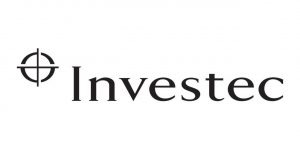
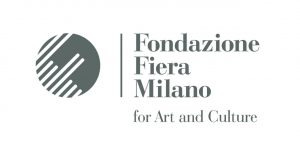
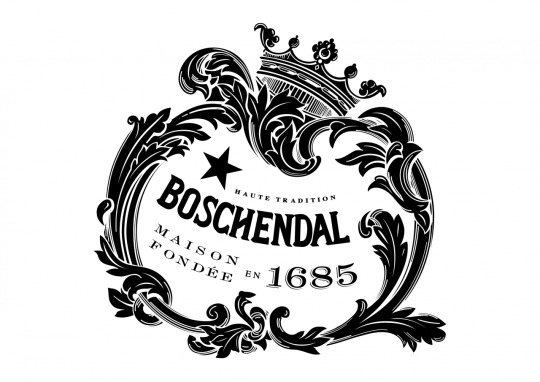

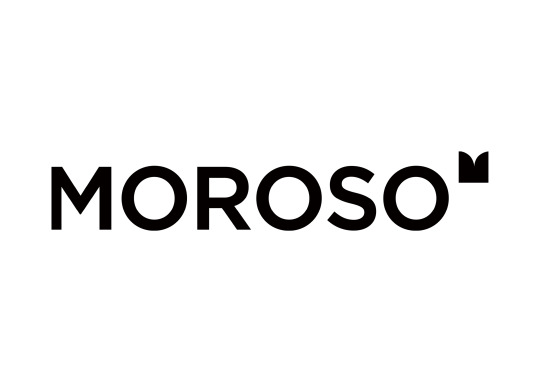
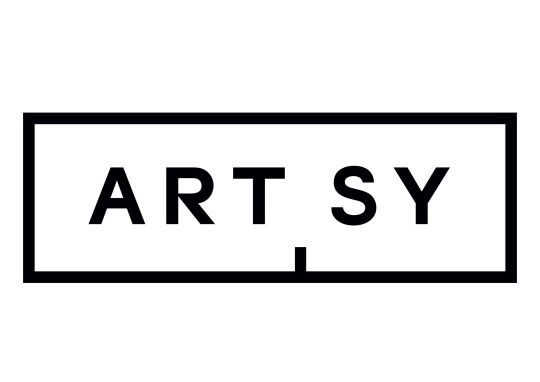
14. Why do you think this fair takes place at the Cape Town International Convention Centre? What other commercial events take place here? (look up examples)
15. What are the oldest artworks you can find at the fair? (made the furthest back in time)
16. Who are the youngest artists you can see represented at the fair?
17. How do the SOLO booths differ from the other booths?
18. Who are the big names that keep popping up this year? Note why you think this is so.
19. What kind of trends in subject matter do you notice this year? What kind of trends in materials do you notice this year? Note why you think this is so.
20. If you could be represented by any of these galleries, whom would you LOVE to show or be represented by?
21. If you could work FOR any of these galleries, whom would you LOVE to work for? And in what capacity?
22. What other questions came up for you while wandering around the fair?
23. If you were to start a gallery or art institute, would you (hypothetically) want to show at the fair? And if so, how would your stall look and differ or be similar to what you have seen today? (you can make a sketch below)
0 notes
Text
Hanna's game
Rules:
Real life exquisite corpse
1. You'll need your phone for this
2. Go into any public space with your group.
3. Observe people in public and the outfits they're wearing.
4. The group should decide who is going to take photos of different clothing items ie. Top, pants, etc... each person should have a different item.
5. Each person has to take a sneaky photo of their chosen item of clothing from a passerbyer.
6. Lay out your phones on a flat surface with the images showing, exposing your findings.
7. The group as a whole should have collectively created one outfit.







0 notes
Text
SHMALLERY WITH TAYLA
Shamryn Brittan and Tayla van der Spuy present:
14 Years of Bad Luck
ARTIST’S STATEMENT
Shards of broken mirror hang from the ceiling, suspended by transparent(ish) wire. On the floor are more shards, shattered and strewn across the room. Some have wire attached to them, as if they have fallen from the ceiling. In the centre of the room, on the floor, is a particularly large piece of mirror, cracked and shattered but still fitting like a puzzle piece.
The reflective surfaces dangle dangerously at various levels - some above the head, others just eye-level, some close to the feet. Those on the floor cover the ground, making a clear path impossible. One must either tiptoe across the floor, move the pieces aside or simply step on them. The pieces crack and crunch under the weight of those who choose the latter option.
The broken pieces distort what they reflect, either showing a cracked image of one's own face or body part, or another part of the room (including other people in the room).
The name, "14 Years of Bad Luck" is a direct link to the age-old superstition of a broken mirror resulting in 7 years bad luck. Two broken mirrors, belonging to each artist, are used in the installation, hence, 14 years bad luck. The artists set out with no specific concept, intention, or meaning at the onset of the artwork. Rather, they found meaning through the creation and installation of the work, eventually coming to correlate the artwork with their own anxieties and stress; the work seemed a reflection of the stress they felt resulting from the artwork itself.
The artwork was well received with many different interpretations. Viewers associated the piece with numerous concepts including identity, youth, vanity, vulnerability, insecurity, creation/destruction, and fragmentation.
The piece is on show til Monday, 27 August, 2018. Catch it before it ends (or before all the mirrors fall and break).
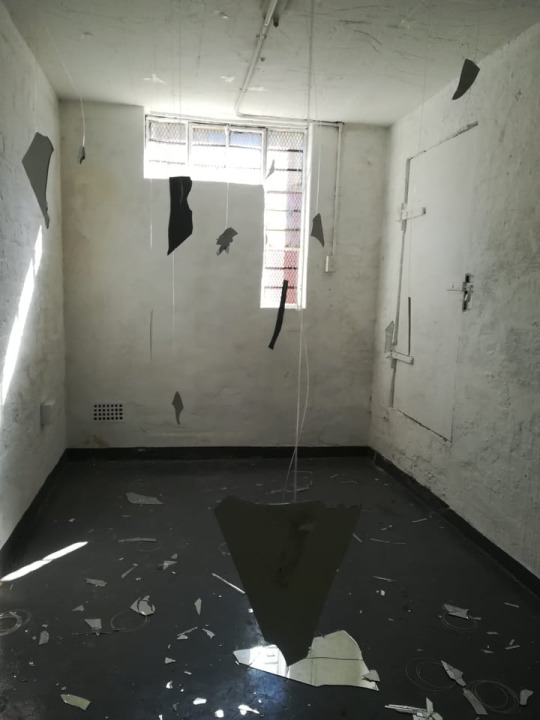
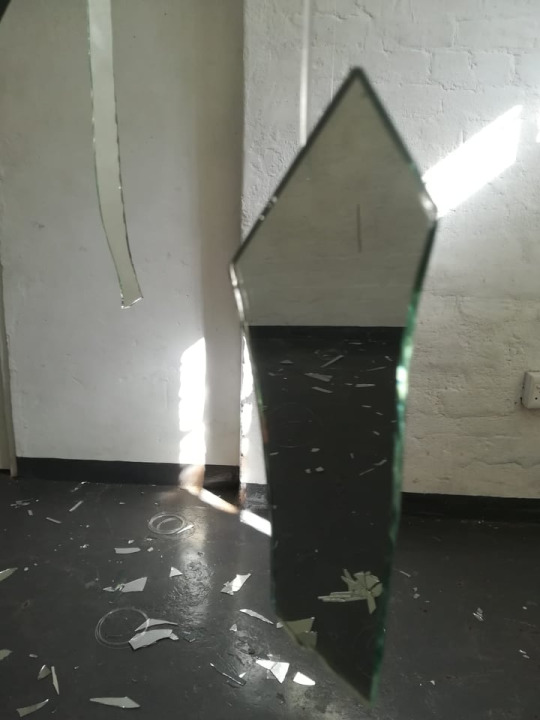
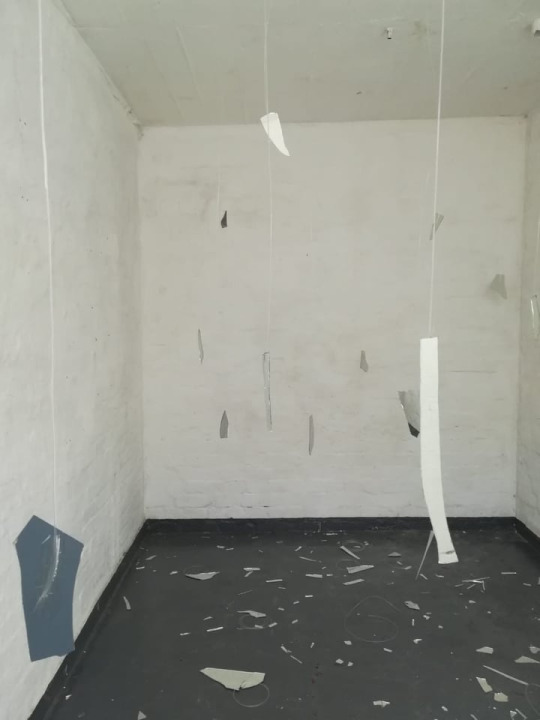
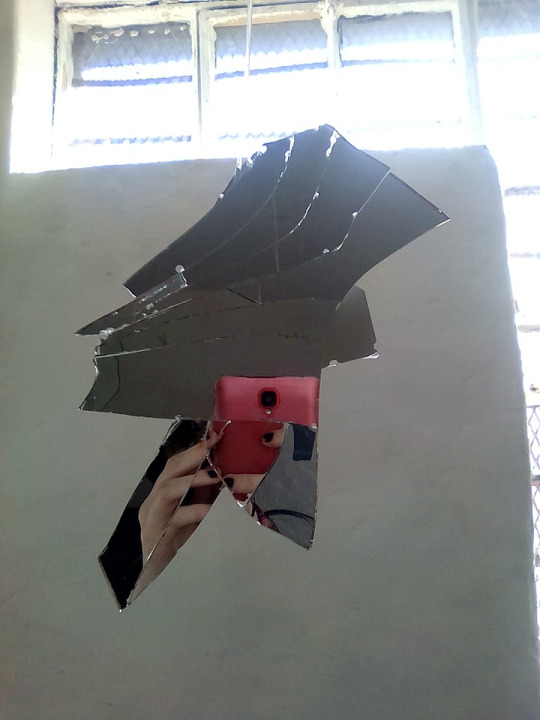
0 notes
Text
CONTEMPORARY PORTRAIT RE-IMAGINING

We were asked to create a contemporary re-imaging of our prescribed painting. I received Artemisia Gentileschi’s ‘Self Portrait as the Allegory of Painting’.
As a female artist ( portraying a female artist at in the process of painting) I am inserting myself as the subject matter. I am making eye contact with the viewer to imply my own sense of dominance and confidence as a female and as painter. The gaze and the ‘war paint’ are symbols of empowerment, something that Gentileschi stood for.
0 notes




